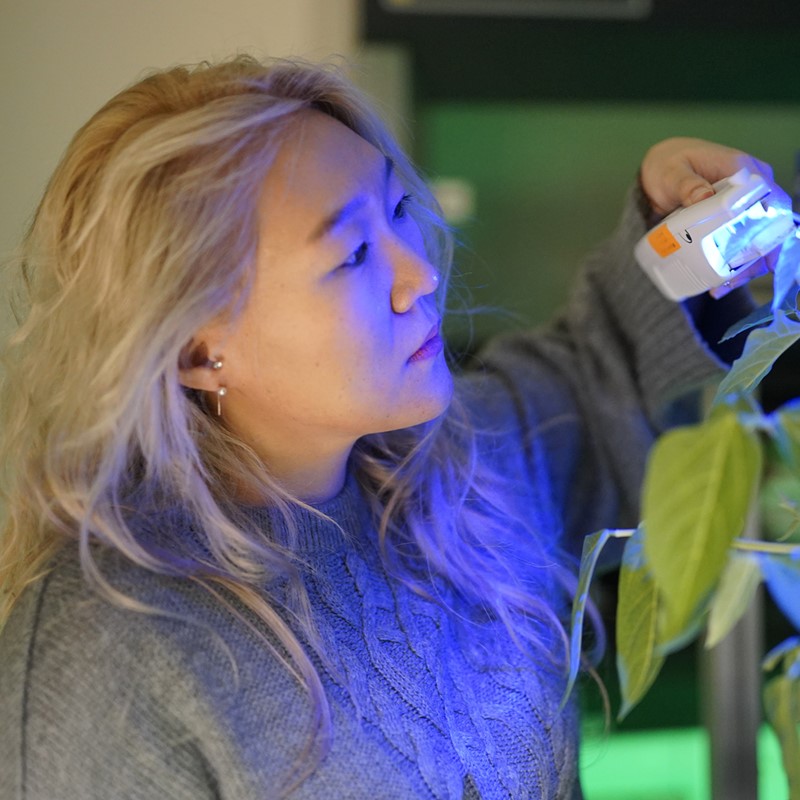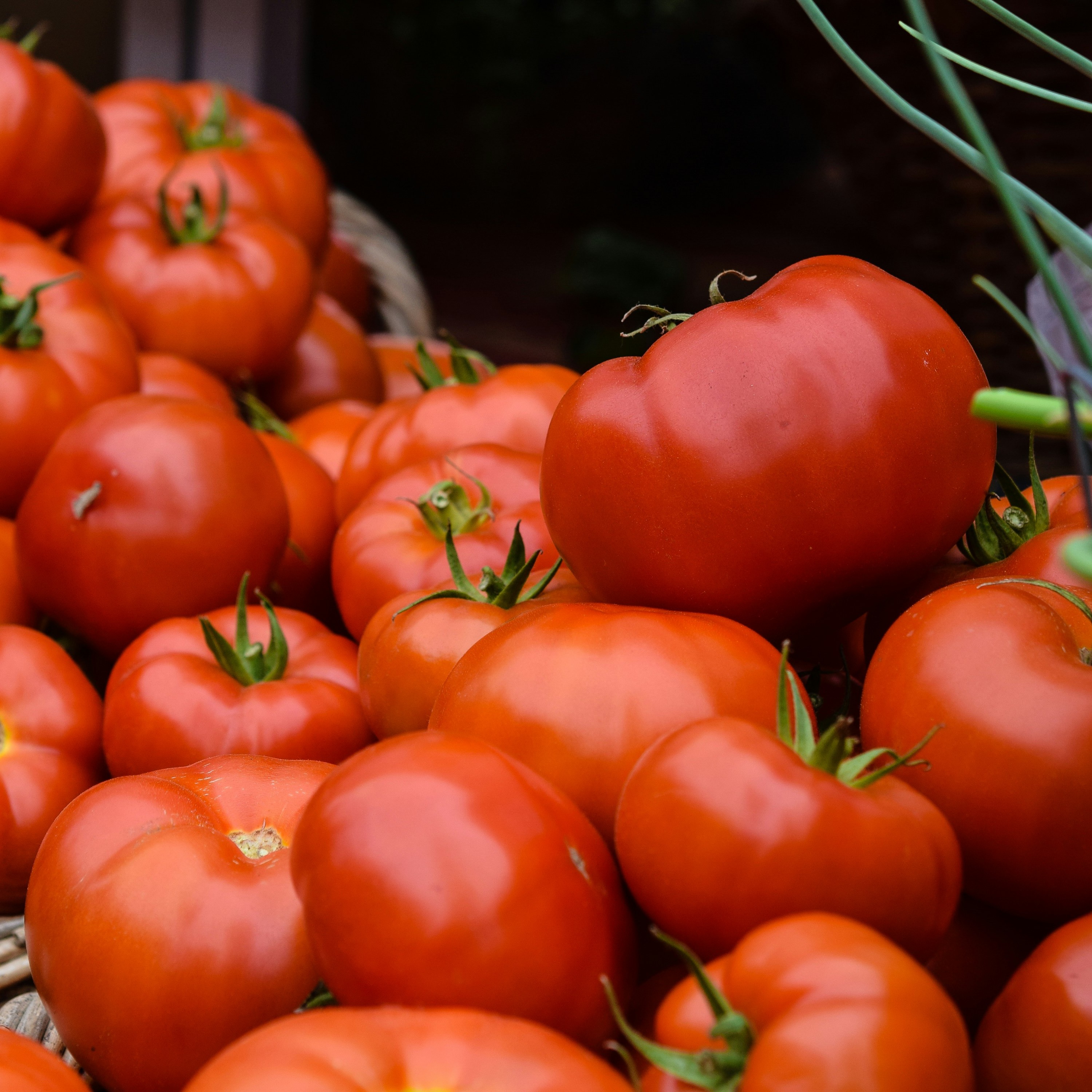Plants don’t just survive stress. They outsmart it.
MSU researcher develops new approach to uncover how crops stay resilient under stress, offering insights for improving resilience in crops and guiding future breeding
In the face of extreme weather, rising temperatures and shifting light patterns, crops rely on built-in survival strategies to endure environmental stress. But how do these strategies work, and how can farmers harness them to breed more resilient plants?
That’s what Michigan State University-Department of Energy Plant Research Laboratory, or PRL, postdoctoral researcher Donghee Hoh set out to uncover, by analyzing natural genetic variation in crops to understand how inherited diversity shapes their ability to adapt to fluctuating environmental stresses. This work was published in the Journal of Experimental Botany.

By Kara Headley
While many studies focus on gene editing or lab-grown model species, Hoh’s work in the Kramer lab centers on natural genetic variation — the diversity already present in crop populations. Her recent research demonstrates how this variation can reveal key biological mechanisms that help plants maintain performance under environmental stress and offer actionable insights for breeding.
As a case study, she focused on chilling stress: above-freezing temperatures that still slow or harm plant growth. This type of stress is especially damaging for warm-season crops like cowpea, which are highly sensitive to unexpected cold snaps even in a warming climate.
Hoh’s method, called LIgHT, or Linkage Integration Hypothesis Testing, works like this: using seeds from a collaborator’s breeding program, she grew diverse cowpea plants under chilling conditions and analyzed how natural genetic variation shaped their physiological responses — such as photosynthetic efficiency. This mapping revealed clusters of traits with shared genetic control, helping uncover the mechanisms plants use to cope with stress, while also identifying targets that can be directly applied to breeding more resilient varieties.
This is the first time a research approach has used natural genetic variation in crops to systematically uncover stress-response mechanisms without pinpointing specific genes — and connects those mechanisms directly to breeding potential. Rather than relying on lab-generated mutants or gene editing, LIgHT captures the full complexity of field-grown plants. It’s like comparing hundreds of cookie recipes at once to discover which naturally evolved combinations work best, instead of testing one ingredient at a time.
Through this approach, Hoh found that photosystem II — a key part of the photosynthetic machinery — emerged as the stress-sensitive component under chilling stress. Plants that could stabilize photosystem II before damage occurred showed better photosynthetic performance than those that relied on repairing it afterward. These insights not only reveal a key molecular mechanism underlying stress tolerance but also identify genetic loci that can inform breeding strategies, offering valuable guidance for both basic research and the development of more resilient crops.

By Kara Headley
More broadly, LIgHT provides a roadmap for uncovering natural strategies that have evolved in plants to endure stress. It doesn’t just point to promising genes; it also explains how plants protect their core functions under stress. In that sense, Hoh’s work opens the door for both understanding stress tolerance mechanisms and advancing breeding efforts to develop crops that are more resilient and productive.
Hoh plans to use the same strategy to study other crops and how different traits respond to heat, drought and other conditions. Understanding these responses is crucial in a world where climate and weather patterns are becoming more unpredictable.
This work was funded by the U.S. Department of Energy, Office of Science, Basic Energy Sciences under award numbers DE-FG02-91ER20021 and DE-SC0007101. It was also supported by a Plant Science Fellowship (Michigan State University), the US Agency for International Development, the National Science Foundation, MSU AgBioResearch program, and the John A. Hannah Endowment and the Jan IngenHousz Institute.



